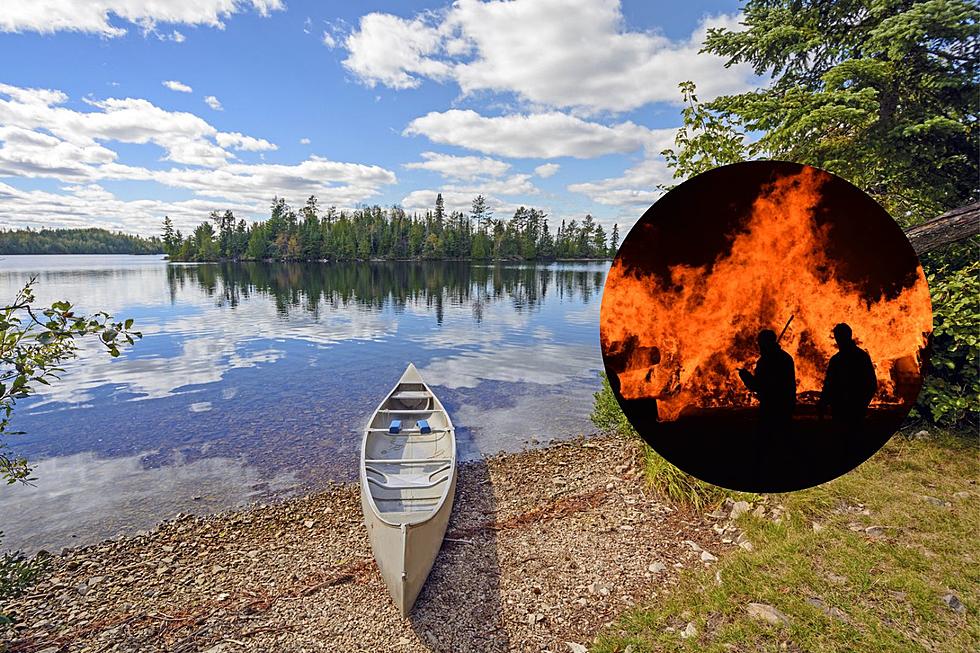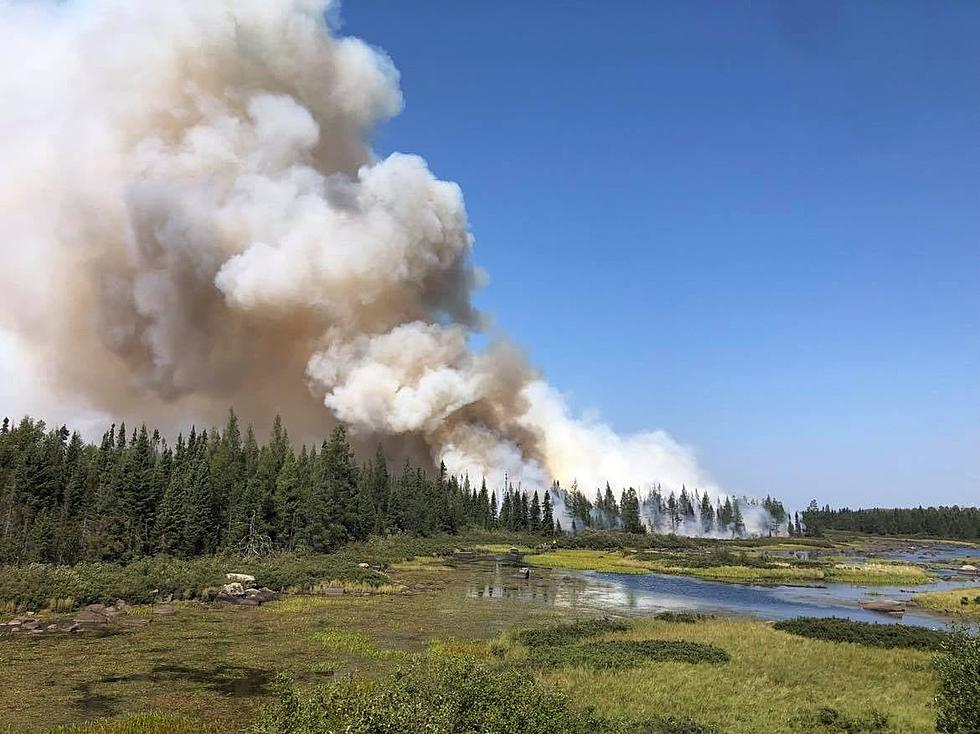
How Bad Is The Air In Minnesota From Wildfire Smoke? Calculator Compares It To Smoking Cigarettes
For the last month or so, we've been seeing a haze in the sky. Some people may be experiencing irritated eyes, stuffed-up noses, or even difficulty breathing. The wildfire smoke has been lingering, and dry conditions mean that it will likely be sticking around for some time.
The Minnesota Department of Health monitors the air quality and issues alerts when it becomes dangerous to sensitive groups of people. There already have been numerous air quality alerts across the state. You may have seen them on a MNDOT road sign, saying "Air Quality Alert, Consider Fewer Trips." That's hoping that the public will drive less and help control what we can which is emissions.
They measure the Air Quality Index, or AQI for short. It can range from good all the way to hazardous. Fortunately, as of June 7, the forecast is showing only moderate AQI. So not too bad. A little worse and more sensitive groups may be affected.
The health risks associated with exposure to poor air quality include worsening of COPD, asthma, heart disease, and emphysema.
How does breathing in wildfire smoke compare to smoking cigarettes?
To help understand how unhealthy poor air is, a researcher has put together a calculator where you can measure the equivalent of how many cigarettes you've smoked due to your exposure. It measures using fine particles and other data.

Here's an example using recent data. If you look at the AQI average for the Twin Cities for the last week or so, the AQI has been around 100 which is in the moderate to unhealthy range. If you were to be exposed to that for a week (168 hours), it would be the equivalent of smoking 13 cigarettes.
Unhealthy AQI Range - 150
If you were exposed to a week of unhealthy air quality which ranges from 100-150, it would be the equivalent of smoking a pack of cigarettes (20.84).
Hazardous Range AQI - 201
Let's say the air quality was terrible. The range for this is 201-300. So at 201 AQI, it would be the equivalent of smoking 48 cigarettes in a week. That's about 2 and a half packs.
How do I protect myself?
The Minnesota Department of Health suggest you take the following steps to stay healthy.
- Know when air quality is unhealthy by visiting the MPCA Air Quality Index and sign up for alerts.
- Close your windows while driving in traffic and recirculate the air to avoid breathing vehicle exhaust.
- Avoid exposure to pollutants. Keep away from wood smoke, vehicle exhaust, tobacco smoke, and other sources of airborne particles.
LOOK: The most expensive weather and climate disasters in recent decades
More From KDHL Radio









